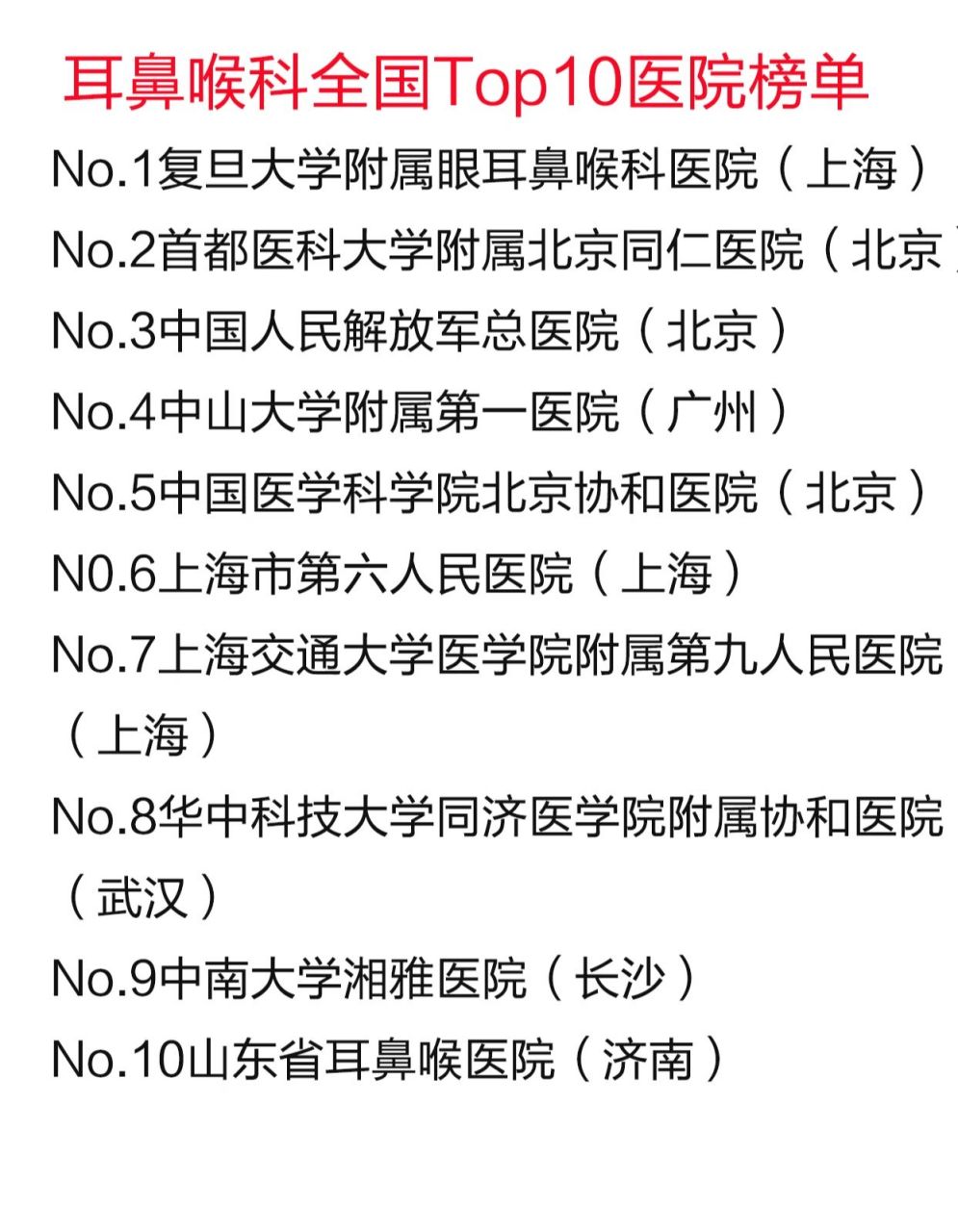"数学珠子" is pronounced as "Shùxué Zhūzi" in pinyin. Here’s how to pronounce it:
- "Shù" starts with an "sh" sound, similar to the "sh" in "she," followed by the "ù" sound, which is a short "oo" sound as in "food," with a fourth tone that starts high and falls sharply.
- "Xué" begins with an "x" sound, which is similar to the "sh" in "she" but with a slightly more forward placement of the tongue, followed by the "ué" sound, which is similar to the "ue" in "due" but with a second tone that starts low and rises.
- "Zhū" starts with a "zh" sound, which is similar to the "j" in "job," followed by the "ū" sound, which is a long "u" sound as in "food," with a first tone that is high and level.
- "Zi" begins with a "z" sound, followed by the "i" sound, which is a short "i" sound as in "bit," with a neutral tone that is light and short.
When pronouncing "Shùxué Zhūzi" together, it should sound roughly like "shoo-shway joo-zee," with attention to the specific tonal inflections of Mandarin Chinese.











